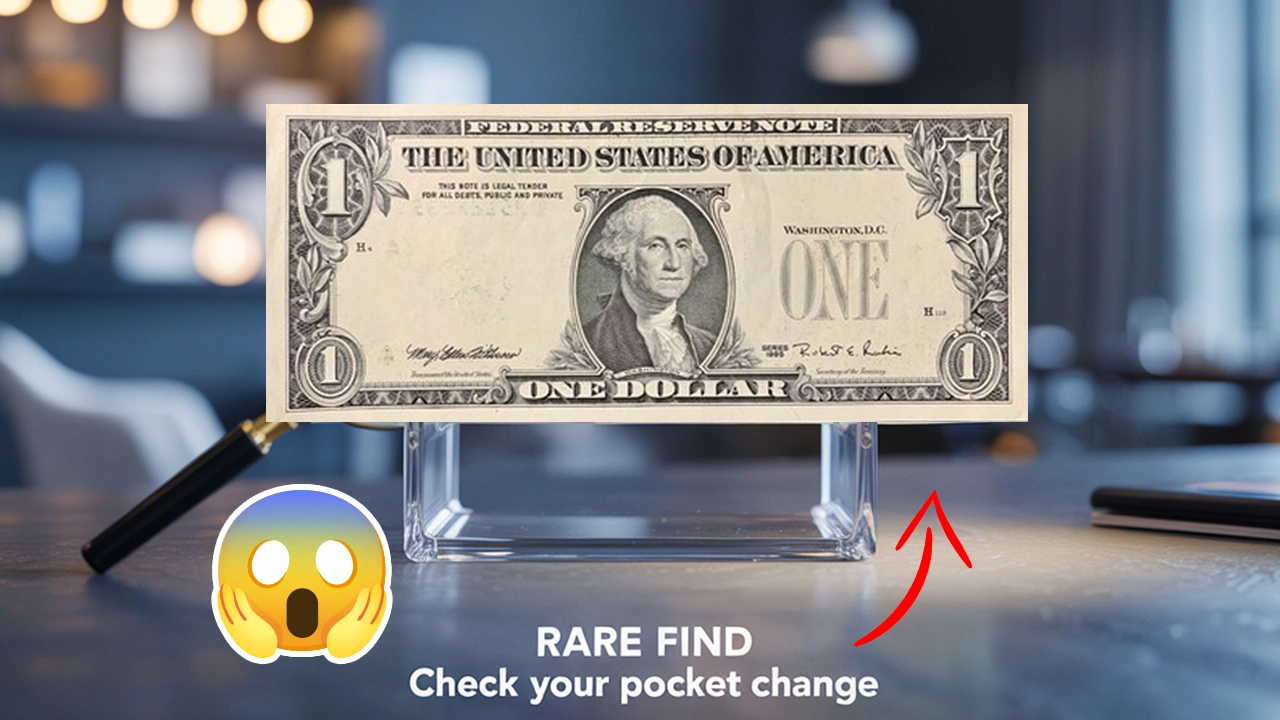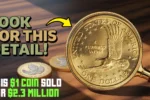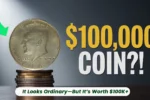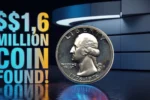Bill : Many people are unaware that their everyday pocket change might hold a rare and valuable piece of history. Among collectors, one of the most fascinating finds is the 1995 $5 bill with an inverted seal. This printing error has turned an ordinary banknote into a sought-after collectible, making it crucial for you to know how to spot one.
What Makes the 1995 $5 Bill With Inverted Seal So Special?
The inverted seal error occurs when the Department of the Treasury seal, normally placed upright on the face of the bill, is accidentally printed upside down. Such errors are extremely rare because the U.S. Bureau of Engraving and Printing employs strict quality control measures. However, in 1995, a small batch of $5 bills slipped through with this defect, instantly creating a buzz among numismatists and casual collectors alike.
How to Spot an Inverted Seal on a $5 Bill
Identifying this error requires careful observation. On a regular $5 bill, the green Treasury seal appears upright on the right side of Abraham Lincoln’s portrait. On the inverted seal version, the same seal is noticeably upside down. The positioning is unmistakable once you know what to look for, but the difference can be subtle to the untrained eye. A magnifying glass or a high-resolution image can make detection easier.
Why the 1995 Series Matters to Collectors
Not all $5 bills are created equal, and the 1995 series stands out because of its unique place in U.S. currency history. This was a transitional period for banknote design, and the error adds an additional layer of intrigue. For collectors, finding a 1995 $5 bill with this anomaly is like discovering a rare stamp or coin — it carries both historical and monetary value.
How Much Is a 1995 $5 Bill With an Inverted Seal Worth?
The value of a 1995 $5 bill with an inverted seal varies depending on its condition. Crisp, uncirculated bills can fetch hundreds or even thousands of dollars at auctions, while worn examples might still bring in a respectable amount. The rarity of this error and the demand from collectors play significant roles in determining its market price.
Tips for Verifying the Authenticity of Your Bill
Before getting too excited, it’s important to ensure your bill is genuine. Counterfeit notes sometimes mimic rare errors to deceive buyers. You can have your bill examined by a reputable currency dealer or submit it to a professional grading service. They will authenticate the note and, if it is genuine, provide a grade that helps determine its value.
FAQs
What is an inverted seal on a $5 bill?
An inverted seal refers to the Treasury seal on the front of the bill being printed upside down due to a printing error.
Are all 1995 $5 bills with inverted seals valuable?
Yes, but the value depends on the condition of the bill. Uncirculated notes are worth much more than those with heavy wear.
How rare is the 1995 $5 bill with the inverted seal?
It is considered quite rare because only a limited number escaped into circulation before the error was caught.
Where can I sell a 1995 $5 bill with an inverted seal?
You can sell it through coin and currency dealers, auction houses, or online marketplaces that specialize in collectibles.
Can I check my $5 bills at home?
Yes, by carefully inspecting the Treasury seal on each note, you can identify if any are inverted without needing special equipment.




